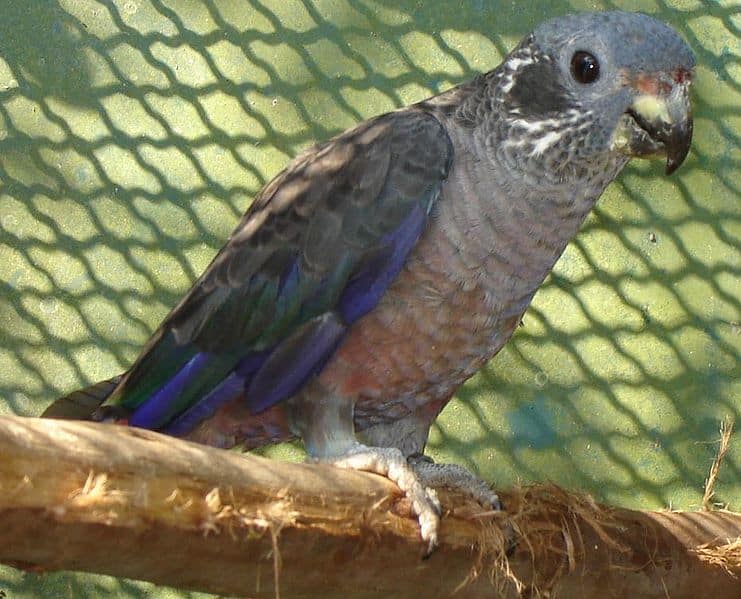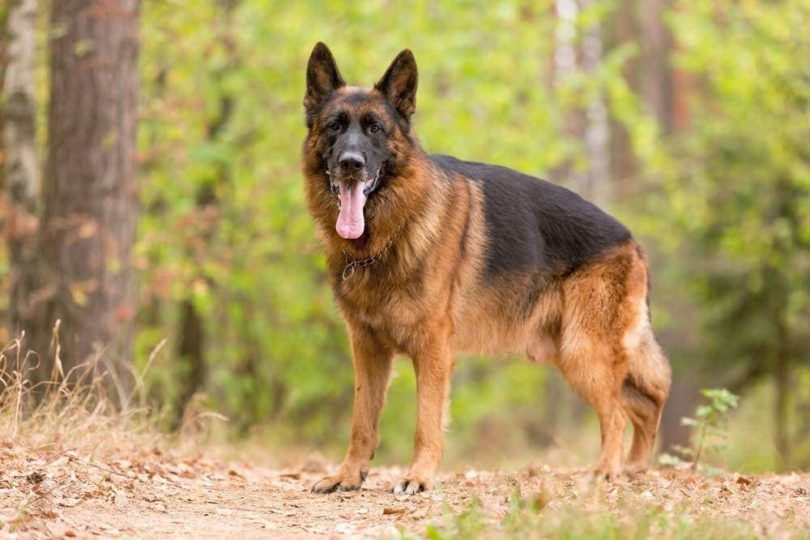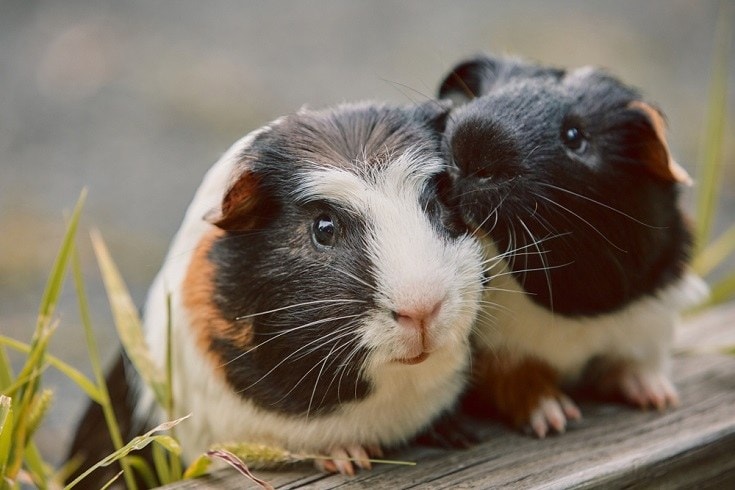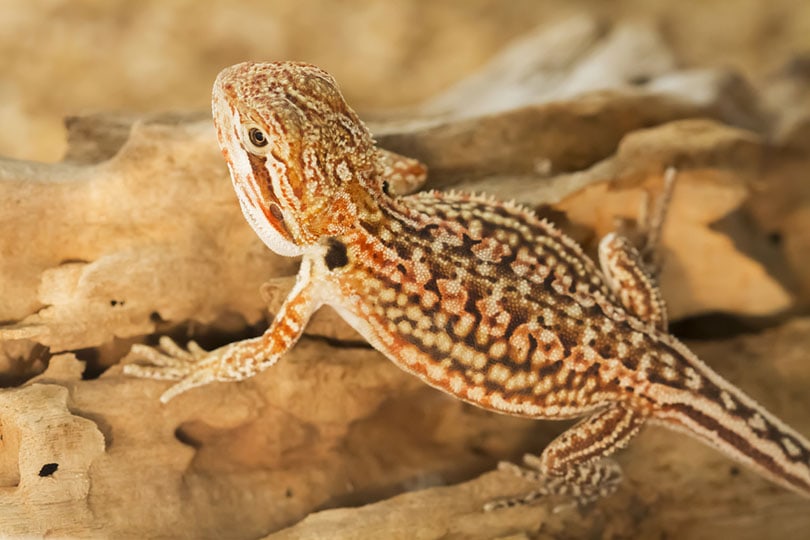Some other great things about these birds, besides their unusual colors, is that that they are quiet and unobtrusive. Though they may be the noisiest of all the Pionus species, they are still generally much quieter than other parrots. They make a great pet for people who live in apartments or in close proximity to neighbors where noise can be a problem.
They are quite intelligent with good memories and will learn simple tricks. Once they have learned a behavior such as stepping up they are very obedient and will remain steady in their training.
Scientific Classification
| Kingdom: | Animalia |
| Phylum: | Chordata |
| Class: | Aves |
| Order: | Psittaciformes |
| Family: | Psittacidae |
| Genus: | Pionus |
| Species: | fuscus |
Scientific Name
Distribution
These birds are found in Columbia through Venezuela, the Guianas and Brazil. They inhabit dense forests in tropical zones.
Description
The Pionus is a small to medium-sized parrot with a wonderful personality. They are sometimes referred to as the “Violet Pionus” and from a distance, they may appear as a mostly dark brownish bird and moving closer will appear a more slate blue overall. But, upon closer inspection, you will see they are a multicolored bird of dazzling combinations. There is even considerable variation in colors between individual birds that has nothing to do with the sex of the bird.
Their head is slaty blue and on either side of the head there is a red spot by the forehead and a black patch covering the ear. On the throat and sides of the neck the feathers are tipped in white, while the chin and breast feathers are edged with a dull pink. These markings often suggest a comparison to the peregrine falcon. The body feathers of the upper and lower parts are browns edged in lighter tones or with a variety of purple-reds or reddish-blues. The tail is blue with the undertail having bright red feathers distinguishable to all the pionus. The outside of the wings are purple-blue, the underwings are a deep violet blue, and the legs are grey. Their beak is dark gray though there is yellow at the base of the upper beak and the eye is brown with a soft greyish eye ring.
Juveniles have a bit more green on their heads, a greenish tinge over their wings, and their eyes are darker.
Size – Weight
Dusky Pionus, along with the White-capped Pionus, are one of the smallest of the Pionus species. These birds grow to a length of 9.5″- 9.8″(24 – 25 cm).
Care and feeding
A roomy cage is required unless the bird is to be let out for extended periods. Many birds can spend a good deal of their time on a playpen or parrot perch.
They eat a variety of seeds, fruits, berries, and greenstuffs. Including a formulated diet would also be beneficial.
Social Behaviors
These birds tame very easily and are very sociable, but because an untamed adult can be rather nervous, a young bird will adapt better as a pet. Though they are thought to be the loudest of the Pionus, they are not loud like many conures and amazons. They have very steady personalities and do not tend to bite.
Breeding/Reproduction
There is no visible means of sexing these birds. The Dusky Pionus or Dusky Parrot does breed well in captivity, and it has even been said that they have been hybridized other Pionus.
Place a nest box high up in a dark area of the aviary. The female will lay 3 to 4 eggs which incubate for about 26 days. Pairs may take mealworms and greenstuffs when they have chicks in the nest. Corncob is a favorite weaning food. The young will fledge in about 2 1/2 months and be fully on their own in about 3 months.
Potential Problems
The Dusky Pionus is a relatively healthy bird, though the pionus parrots have been known to be more susceptible to the infection aspergillosis than other species. The main symptom is heavy, belabored breathing.
Availability
The Dusky Pionus is infrequently availability with females more often available than males. Though they are the rarest of the five Pionus species commonly kept in captivity they are increasing in popularity.
Pionus fuscus (Image Credit: CyberknightMK, Wikimedia Commons CC BY-SA 2.5 Generic)










